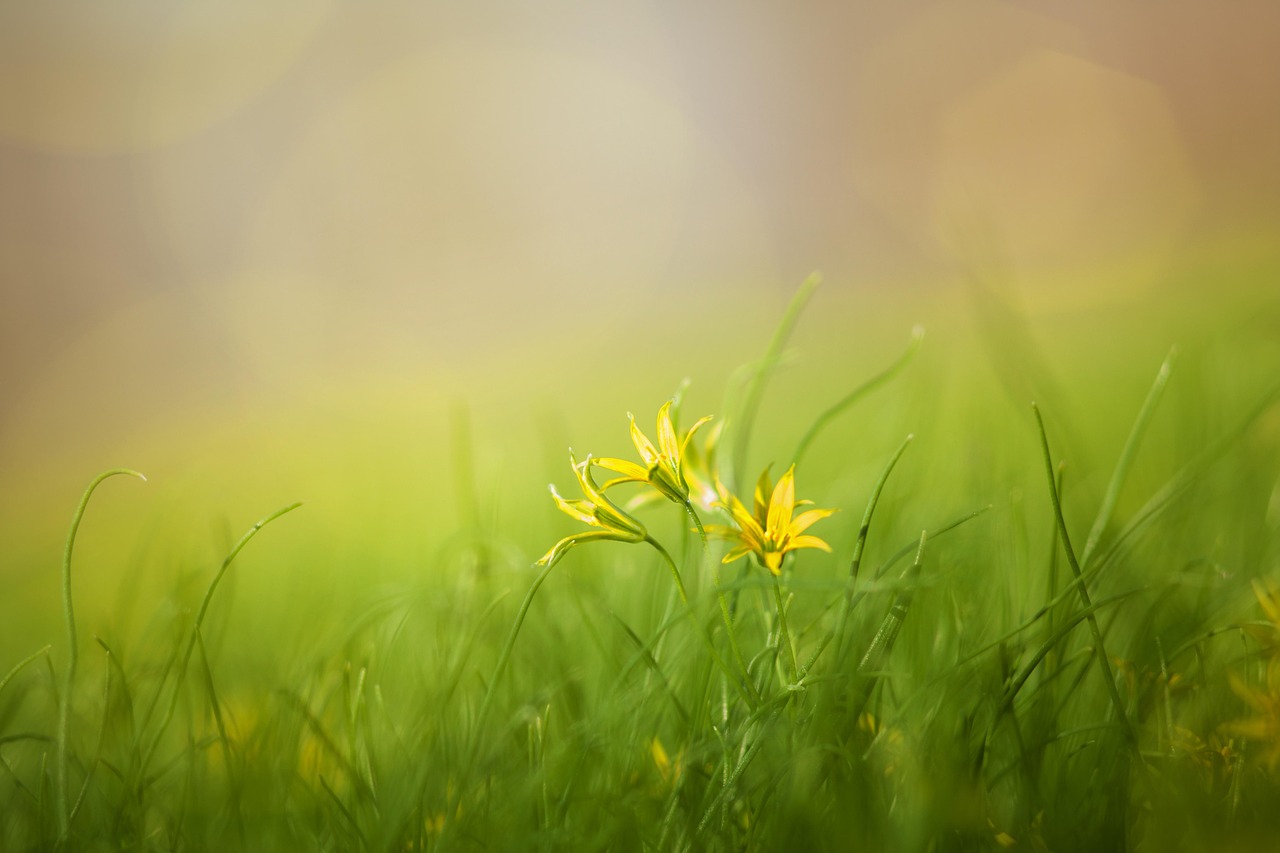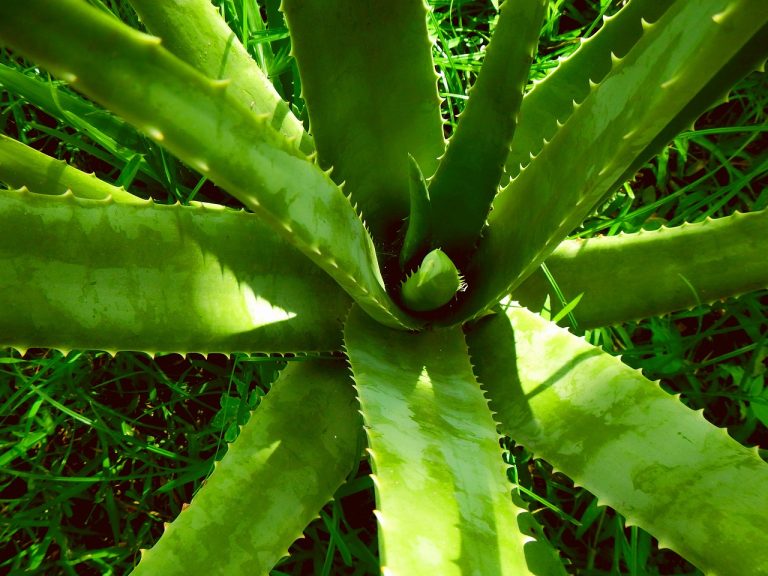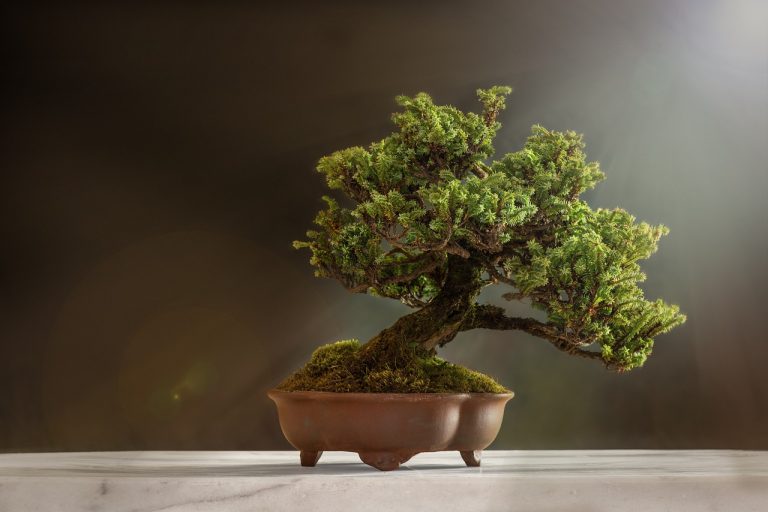CENTIPEDE GRASS VS. ST AUGUSTINE (5 Exclusive points )
In the verdant arena of lawn supremacy, two contenders stand tall, each with its own arsenal of greenery prowess. In one corner, we have the resilient and nimble Centipede Grass, a creeping champion known for its low maintenance demeanor. In the opposite corner, the venerable St. Augustine Grass, a thick and lush contender that boasts an illustrious history of ornamental grandeur.
As these two titans of turf prepare to square off in the ultimate showdown, we’ll delve deep into their strengths and weaknesses, unveiling the secrets of their botanical battle for supremacy. So, grab your gardening gloves and prepare for a showdown like no other – it’s Centipede Grass vs. St. Augustine, and the winner takes all in the world of lush green lawns!

WHAT IS CENTIPEDE GRASS VS. ST AUGUSTINE?
Centipede grass vs. St Augustine grass are two popular choices for lawns, each with its own unique characteristics. Centipede grass is known for its low maintenance requirements and excellent heat tolerance. On the other hand, St. Augustine grass is admired for its lush, thick carpet-like appearance and shade tolerance.
When considering which grass to choose, homeowners often weigh factors such as drought resistance, disease susceptibility, and overall aesthetics. Centipede grass is favored for its lower water needs, while St. Augustine grass is celebrated for its rapid growth and ability to thrive in varying soil types. Ultimately, the choice between centipede and St. Augustine grass depends on individual preferences and the specific conditions of the lawn in question.Main focused point is to water the grass on right time.
CHOOSING THE RIGHT LAWN FOR YOUR HOME
When it comes to selecting the perfect grass for your lawn, Centipede Grass and St. Augustine Grass are two popular choices that often come into consideration. Each of these grass varieties has its own unique characteristics, and understanding the differences between them is crucial in making an informed decision. In this comprehensive comparison, we’ll delve into the key attributes of Centipede Grass and St. Augustine Grass, exploring factors such as growth habits, maintenance requirements, climate suitability, and overall aesthetic appeal. By the end of this guide, you’ll be equipped with the knowledge you need to determine which grass type is best suited for your lawn.
GROWTH HABITS AND APPEARANCE
Centipede Grass (Eremochloa ophiuroides) is celebrated for its low-growing, dense mat-like appearance. Its fine blades of grass display a vibrant light green color, creating a carpet-like effect that is both visually appealing and relatively easy to maintain. In contrast, St. Augustine Grass (Stenotaphrum secundatum) is known for its thicker, wider blades and lush, deep green color. It forms a dense turf that feels soft underfoot but requires more frequent mowing due to its faster growth rate. Centipede Grass offers a more manicured look, while St. Augustine Grass provides a luxurious, tropical feel.
MAINTENANCE REQUIREMENTS
Centipede Grass has gained popularity for its low-maintenance nature. It thrives in acidic soils and is relatively drought-tolerant, making it an excellent choice for homeowners seeking a resilient grass variety. It requires less fertilizer and irrigation compared to St. Augustine Grass. On the other hand, St. Augustine Grass demands more attention. It prefers well-drained soils and benefits from regular watering and fertilization to maintain its lush appearance. If you have a busy lifestyle and seek a hassle-free lawn, Centipede Grass may be your top pick.
CLIMATE SUITABILITY
Climate plays a pivotal role in deciding between Centipede Grass and St. Augustine Grass. Centipede Grass is well-suited for warm-season climates with mild winters, such as the Southeastern United States. It exhibits excellent heat tolerance but may struggle in extremely cold conditions. In contrast, St. Augustine Grass is adaptable to a broader range of climates, including both warm and coastal regions, making it a versatile choice. Understanding your local climate is crucial in making the right choice to ensure your lawn flourishes year-round.
OVERALL CONSIDERATIONS
In the Centipede Grass vs. St. Augustine Grass debate, the choice ultimately comes down to your specific needs and preferences. Centipede Grass offers a low-maintenance, visually pleasing option suitable for regions with milder winters. St. Augustine Grass, with its lush appearance and adaptability, is better suited for a broader range of climates. By evaluating factors like growth habits, maintenance requirements, and climate suitability, you can confidently choose the grass variety that will transform your lawn into a green oasis that suits your lifestyle and environmental conditions. Remember, both Centipede and St. Augustine Grass have their unique charm – it’s all about finding the one that aligns with your vision for the perfect lawn.
Frequently Asked Questions (FAQ) about “Centipede Grass vs. St. Augustine Grass”
What are Centipede Grass and St. Augustine Grass?
Centipede grass and St. Augustine grass are two common warm-season grass varieties used for lawns. They differ in appearance, growth habits, and maintenance requirements.
What are the key differences in appearance between Centipede and St. Augustine grass?
Centipede grass has finer blades and a lighter green color, while St. Augustine grass has wider blades and a darker green hue. St. Augustine grass also tends to be denser.
Which grass is more suitable for a low-maintenance lawn?
Centipede grass is generally considered lower maintenance compared to St. Augustine grass. It requires less mowing, watering, and fertilization.
Is one grass type more drought-tolerant than the other?
Centipede grass is more drought-tolerant than St. Augustine grass. It can withstand periods of drought and heat better, requiring less water.
Which grass type is better for shade?
St. Augustine grass is better suited for shady areas compared to Centipede grass. It can tolerate moderate shade, while Centipede grass prefers full sun.
What about cold tolerance?
St. Augustine grass is generally more cold-tolerant than Centipede grass. Centipede grass may struggle in colder climates.
Which grass type is more resistant to pests and diseases?
Centipede grass is known for its good resistance to pests and diseases, while St. Augustine grass may be more susceptible to certain issues like chinch bugs and brown patch disease.
Can I overseed Centipede grass with St. Augustine or vice versa?
It’s not recommended to overseed one grass type with another as they have different growth habits and may not blend well aesthetically.
Which grass type is more suitable for coastal regions and sandy soils?
Centipede grass is well-suited for sandy soils and coastal areas due to its salt tolerance, while St. Augustine grass can also tolerate some salt but may not be as ideal in these conditions.
How do I decide which grass type is best for my lawn?
The choice between Centipede and St. Augustine grass depends on your specific climate, soil type, shade levels, and maintenance preferences. Consulting with a local horticulturist or landscaper can help you make an informed decision.
Are there any specific care tips for each grass type?
Yes, each grass type has its own care requirements. For example, Centipede grass benefits from a lower nitrogen fertilizer and less frequent mowing, while St. Augustine grass may need more frequent watering and mowing at a higher height.
Can I mix Centipede and St. Augustine grass in the same lawn?
It’s not recommended to mix these grass types in the same lawn, as they have different growth habits and may not blend well visually.
CONCLUSION
The choice between Centipede grass and St. Augustine grass ultimately depends on a variety of factors, including climate, maintenance preferences, and aesthetic considerations. Centipede grass is well-suited for warm, southern climates with its low maintenance requirements and ability to thrive in acidic soils. On the other hand, St. Augustine grass provides a lush and dense carpet-like appearance, making it a popular choice for those seeking a visually appealing lawn. However, it requires more maintenance and is better suited for milder climates. Ultimately, the decision should be made based on your specific needs and the conditions of your lawn. Both grass types have their merits, and with proper care, either can result in a beautiful and healthy lawn.







